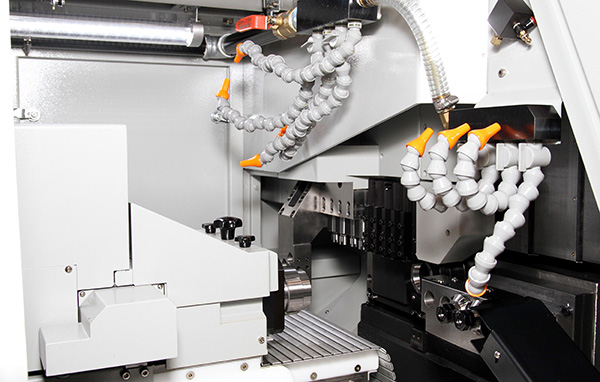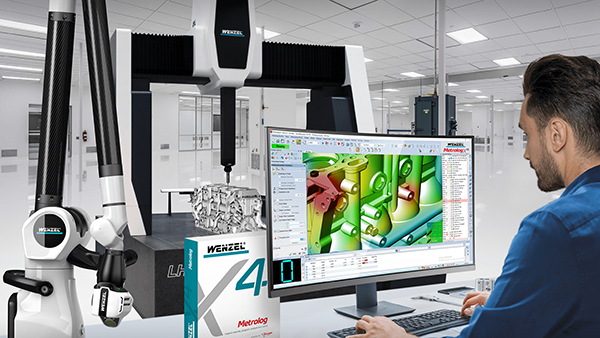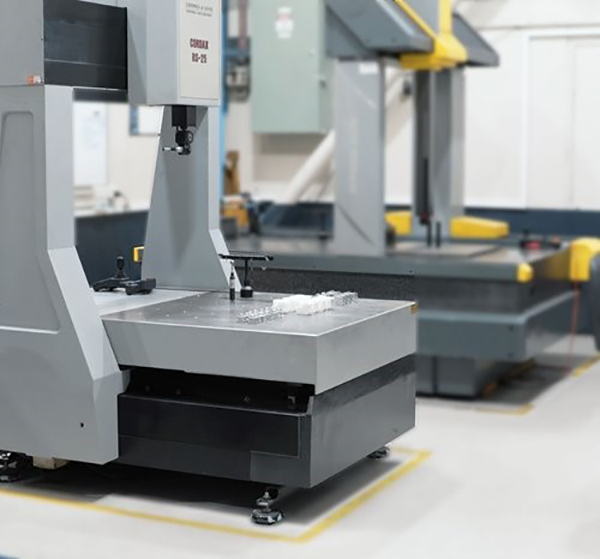With the ramp-up of the Ventilator Challenge UK project to battle the COVID-19 pandemic, Dugard has witnessed an unprecedented surge in enquiries and sales relating to its Hanwha range of sliding-head turning centres.

As manufacturers up and down the UK switch production output to machining small turned components for ventilators, the attributes of the Hanwha range are coming to the fore. The Hanwha XE is the latest generation series, and enjoying particular success during the COVID-19 pandemic is the Hanwha XE35.
This compact heavy-duty machine is the largest in the XE series, with the facility to turn bars up to 35 mm diameter. The rigid 2750 kg XE35 is designed to machine hard materials and undertake high-volume material removal, as demonstrated by the vibration-dampening heavy cast construction, and strong, rigid tool post.
From a technical perspective, the Hanwha XE35 has a 2.2/5 kW main spindle motor and a 1.5/2.2 kW sub-spindle motor, both achieving a maximum spindle speed of 6500 rpm. The high-torque spindle motors are matched by Hanwha software, FANUC-0i CNC and gear-type modular live tooling configuration.
The tooling offers 18 positions that provide simultaneous front and rear spindle machining through a platen of five fixed tools and four driven tools in the X1 axis, with another four driven tools on the Z2-axis plane and one on the Z1 axis, accompanied by an additional four tool stations for the boring, drilling and machining of other internal features. All live tooling positions offer a high spindle speed of 6000 rpm with a 1 kW spindle motor.
The travel range of the Hanwha XE35 is generous with 210 mm in the Z1 axis, 62 mm in X1, 340 mm in Y1, 205 mm in Z2, and 312 mm in X2.
For further information www.dugard.com























